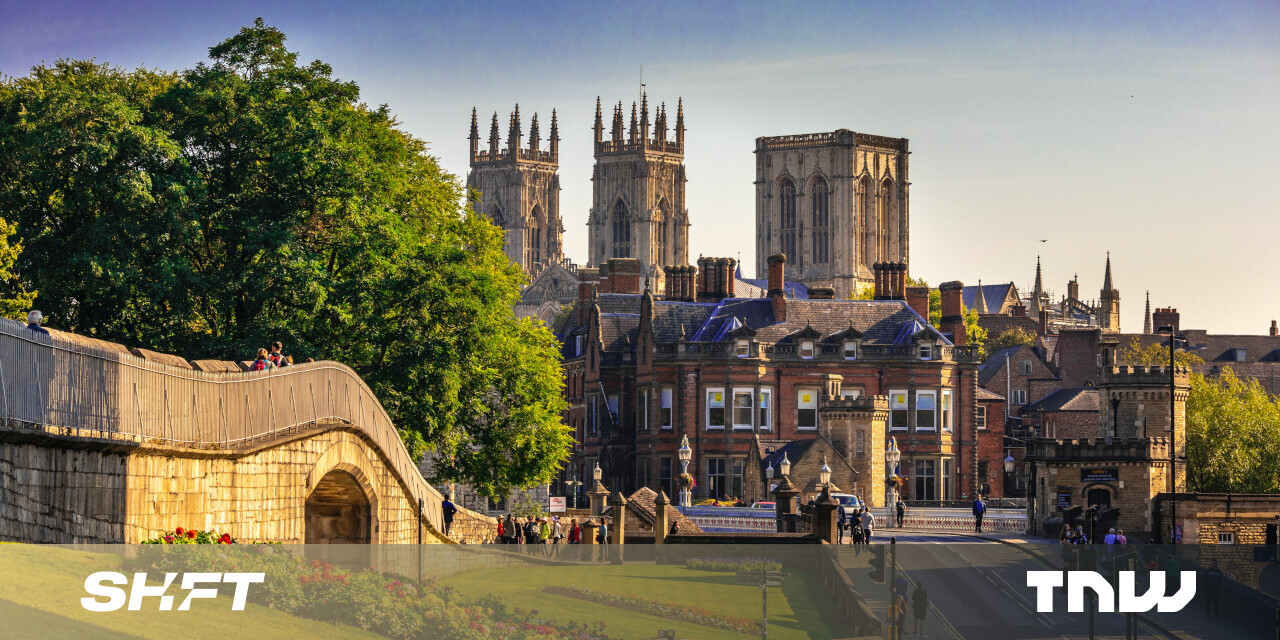#York is using real-time traffic models to manage roads and pollution

Table of Contents
“#York is using real-time traffic models to manage roads and pollution”

The City of York has launched what it claims is the UK’s first municipal-wide real-time transport modelling system.
Working in partnership with PTV Group, Wood Group and modelling firm RelativeGAP, the city council is now using the technology to manage its road network and monitor areas with no sensors or cameras.
The system combines offline transport models with live traffic data to provide the council’s control room with a network-wide forecast of current and predicted congestion. It has already reduced travel times by almost ten percent in testing areas.
Evolution
The deployment is part of the council’s Smart Travel Evolution Program, which was awarded £2.85 million (US$4 million) by the UK government in 2018.
“We’re delighted to be the first city in the UK to introduce this innovative and cutting-edge technology to improve journeys and reduce pollution in York,” said Dave Atkinson, Head of Programs and Smart Place at City of York Council.
“At this early stage it’s already proving to be a success. We’re able to predict future traffic levels based on our live traffic behavior and manage the flow of traffic better in busy periods by adjusting traffic lights to best suit traffic conditions.
Integrated network
In the past, the council managed the transport network through CCTV and social media feeds, with network monitoring operators (NMOs) and transport engineers manually implementing new plans and signal changes to ease issues.
The York Optima model is integrated with over 100 live traffic flow sensors, more than 100 live signal controllers, live speed data across the network provided by TomTom, and up-to-date information about roadworks and other network changes.
It combines all this data into a single view, so the control room can see in detail what is happening across the whole network, and not only in those locations with sensors or CCTV.
The Optima model also allows the control room to test alternative scenarios for the hour ahead, next day, or weeks in the future.
Do EVs excite your electrons? Do ebikes get your wheels spinning? Do self-driving cars get you all charged up?
Then you need the weekly SHIFT newsletter in your life. Click here to sign up.
If you liked the article, do not forget to share it with your friends. Follow us on Google News too, click on the star and choose us from your favorites.
For forums sites go to Forum.BuradaBiliyorum.Com
If you want to read more like this article, you can visit our Technology category.




